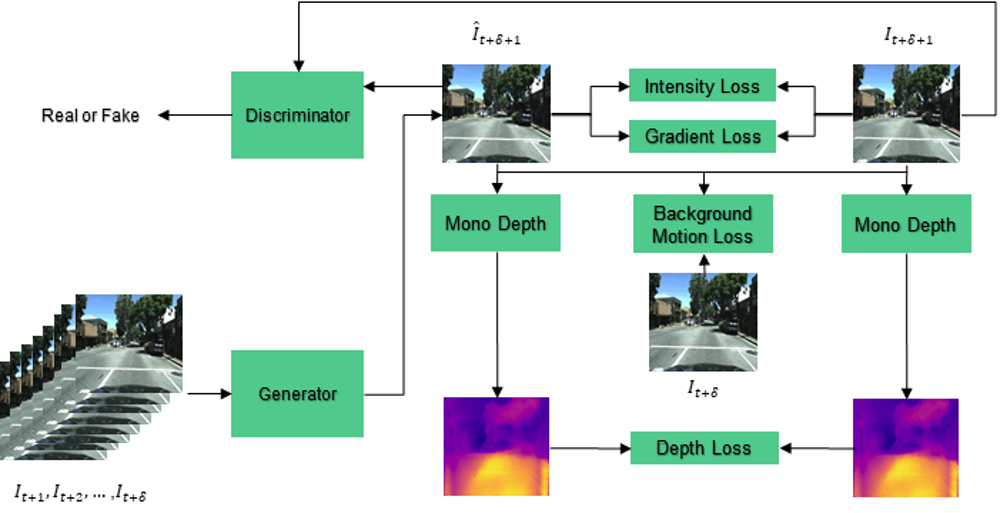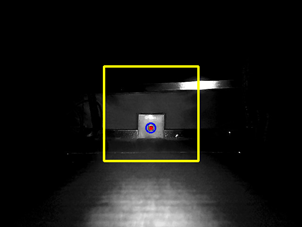Research
Image Analysis
Image analysis is the extraction of meaningful information from images, primarily digital images, using digital image processing techniques. Image analysis tasks can be as simple as reading barcoded tags or as sophisticated as identifying a person by their face. Computers are indispensable for analyzing large volumes of data, performing complex computations, or extracting quantitative information. However, the human visual cortex remains an excellent tool for image analysis, especially when extracting higher-level information. In many applications such as medicine, security, and remote sensing, human analysts still cannot be fully replaced by computers. For this reason, many important image analysis tools, such as edge detectors and neural networks, are inspired by models of human visual perception.
Image Generation, Restoration, Reconstruction

Image generation is the process of creating new images based on patterns learned from existing datasets. It can take various types of input, including RGB images, videos, medical images, and even text. With the advancement of generative models such as GANs and diffusion models, image generation is widely used in fields like art creation, data augmentation, and virtual content development.
Image restoration refers to techniques that improve the quality of degraded or damaged images by removing noise, correcting blurriness, enhancing resolution, or filling in missing regions. This is particularly important in areas such as photography, surveillance, and medical imaging, where visual clarity is crucial. Modern AI-based restoration methods offer more accurate and efficient results compared to traditional approaches.
Image reconstruction involves generating 2D or 3D images from limited or indirect data, such as 1D projections. This technique underlies many essential imaging modalities, including CT (Computed Tomography), MRI (Magnetic Resonance Imaging), and PET (Positron Emission Tomography). Image reconstruction plays a key role in a variety of fields such as medicine, biology, earth science, archaeology, materials science, and nondestructive testing, enabling detailed visualization of internal structures that are otherwise inaccessible.
Development of Metaverse System with AI
The word "Metaverse" is derived from the prefix "meta" (meaning beyond) and the stem "verse" (from "universe"). It refers to a future form of the internet composed of persistent, shared 3D virtual spaces that form a perceived virtual universe. More broadly, the metaverse includes not only virtual worlds but also the entire spectrum of extended reality technologies, such as virtual reality (VR), augmented reality (AR), and mixed reality (MR). It also integrates artificial intelligence (AI) to enable smarter, more personalized, and interactive digital experiences. The convergence of these technologies is driving innovation in fields like education, healthcare, entertainment, and industry.
Anomaly Detection
Humans are capable of detecting heterogeneous or unexpected patterns within sets of otherwise homogeneous natural images. This task, known as anomaly detection or novelty detection, has a wide range of applications. Automating anomaly detection can support continuous quality control by reducing the impact of human attention lapses and assisting human operators in their work. Anomaly detection is essentially a binary classification problem that distinguishes between normal and anomalous instances. However, it is often not feasible to train a fully supervised model for this task, as anomalous examples are typically rare or unavailable. Furthermore, anomalies may exhibit unpredictable patterns. This field has diverse applications, including disease diagnosis, defect detection, surface abnormality detection, and traffic accident detection.
Defect Detection
Defect detection refers to the process of identifying abnormalities, flaws, or inconsistencies in materials, products, or systems during manufacturing or inspection processes. It plays a crucial role in quality control and assurance, ensuring that defective items are detected early to prevent malfunction, reduce waste, and maintain high production standards. Traditional defect detection methods rely on manual inspection or rule-based systems, which can be time-consuming and error-prone.
Research Using Various Sensors with AI
A sensor is a device that measures physical quantities found in the natural world—such as mass, temperature, pressure, humidity, and distance—and converts them into electrical signals. Sensors can detect various physical signals, including light, sound, chemicals, and temperature. They are widely used in our daily lives and are essential components in many smart technologies. By combining sensors with artificial intelligence (AI), we can create intelligent systems that not only collect data but also analyze it in real time, make decisions, and adapt to changing environments. This fusion enables the development of advanced IoT (Internet of Things) products and services in areas such as smart homes, autonomous vehicles, healthcare monitoring, and industrial automation, significantly enhancing efficiency, safety, and user experience.
IoT, Cloud, Bigdata, and Mobile (ICBM)
ICBM is fundamentally designed to revitalize related industries by collecting data from Internet of Things (IoT) sensors, storing it in the cloud, and analyzing it using big data technologies to provide relevant services through mobile devices. First, data is collected from various IoT-enabled objects via 5G networks or other wired and wireless connections. This data is then stored in a distributed manner on cloud storage systems. Next, the stored data is analyzed using big data analytics tools deployed on cloud servers. Finally, the analysis results are delivered to mobile user devices, where they are used to provide personalized and responsive services to users.






